Introduction: The Importance of Good Dental Hygiene for Children
Good dental hygiene is crucial for children’s overall health and well-being. It not only prevents cavities and tooth decay but also promotes a positive oral health habit that will last a lifetime. As parents and caregivers, it’s our responsibility to teach our children the right way to brush their teeth. But how do we ensure they’re mastering the art of brushing effectively? This article explores the essential techniques and tips to help children develop a solid dental hygiene routine.
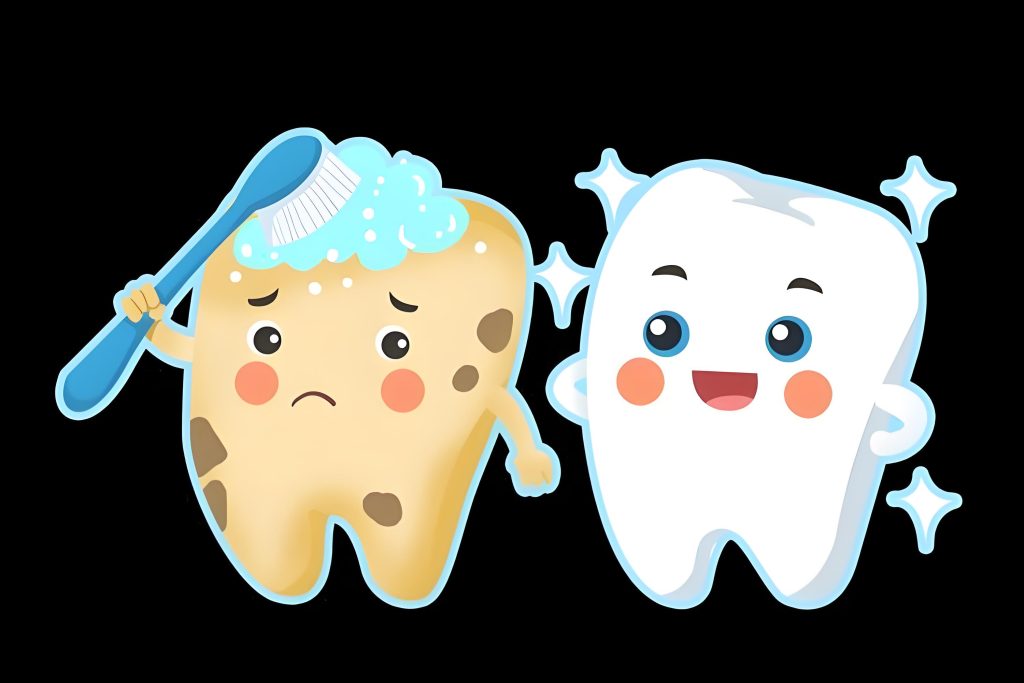
Understanding the Basics: When Should Children Start Brushing?
The journey to good dental hygiene begins early. Even before your child’s first tooth erupts, you can start cleaning their gums with a soft, damp cloth after feedings. This habit helps get them accustomed to daily oral care. Once the first tooth appears, typically around six months, it’s time to introduce a baby toothbrush with soft bristles and water. As more teeth emerge, you can gradually introduce a tiny amount of fluoride toothpaste—no more than a smear for toddlers until they learn to spit it out properly.
The Right Tools for the Job: Choosing the Best Brush and Paste
- Selecting the Brush:
- Age-Appropriate: Choose a toothbrush designed for your child’s age group. Small heads and soft bristles are easier for small mouths and tender gums.
- Handle Grip: Look for handles with a good grip, which can be easier for children to hold onto without slipping.
- Electric Options: Consider an electric toothbrush for younger children, as the rotating or oscillating head can make brushing more fun and effective.
- Choosing the Toothpaste:
- Fluoride Content: Use a fluoride toothpaste that’s approved by the American Dental Association (ADA). Fluoride helps strengthen tooth enamel and prevent cavities.
- Flavor Preferences: Children often prefer flavored toothpastes. Opt for mild, fruity flavors to make brushing more enjoyable.
- Amount: Remember, a pea-sized amount of toothpaste is sufficient for children under six.
Step-by-Step Guide: Mastering Proper Brushing Techniques
- Preparation:
- Supervision: Until your child is around seven or eight years old, supervise their brushing to ensure they’re doing it correctly.
- Positioning: Stand behind your child to help guide their hand and ensure they’re brushing in the right places.
- The Technique:
- Place the Brush: Place the toothbrush at a 45-degree angle to the gums, pointing the bristles towards the gum line.
- Gentle Movements: Use gentle, circular motions rather than harsh scrubbing. This helps clean the teeth and gums effectively without damaging the enamel or irritating the gums.
- All Surfaces: Make sure to brush all surfaces of each tooth—the front, back, and chewing surfaces. Don’t forget the hard-to-reach areas like the back molars.
- Flossing: Once your child’s teeth are touching, introduce daily flossing. Use a child-sized flossing tool to clean the spaces between teeth.
- Timing:
- Duration: Aim for at least two minutes of brushing. Use a timer or a brushing song to keep track of the time.
- Frequency: Brush your child’s teeth at least twice a day—once in the morning and once before bed. Encourage them to rinse their mouth with water after meals and snacks if brushing isn’t possible.
- Spitting and Rinsing:
- Teach your child to spit out the toothpaste after brushing and rinse their mouth thoroughly with water.
Making It Fun: Tips to Encourage Good Brushing Habits
- Lead by Example:
- Children often mimic their parents’ behavior. Make sure you’re brushing your teeth twice a day and flossing regularly. Show them how it’s done!
- Use Visual Aids:
- Create a brushing chart with stickers or stars as rewards for consistent brushing. This can help make the routine feel like a game.
- Choose Fun Products:
- Let your child pick out their toothbrush and toothpaste with their favorite characters or colors. This can make brushing more exciting.
- Read Books and Watch Videos:
- There are plenty of children’s books and educational videos about dental hygiene that can make learning about brushing fun and engaging.
- Incorporate Stories and Songs:
- Make brushing time a storytelling or singing session. Create a fun song or tell a story while your child brushes their teeth.
Addressing Common Challenges: Overcoming Barriers to Effective Brushing
- Resistance to Brushing:
- Some children may resist brushing. Stay patient and persistent. Try to make brushing a positive experience by incorporating fun elements.
- Fear of the Dentist:
- If your child is anxious about dental visits, talk to them about what happens in a friendly, non-threatening way. Schedule regular, positive dental check-ups to build trust.
- Plaque Buildup:
- If plaque buildup is a concern, consider using disclosing tablets or solutions that reveal plaque after brushing. This can help children see where they might be missing during their brushing routine.
Conclusion: The Road to a Healthy Smile
Teaching children proper brushing techniques is a fundamental part of nurturing their overall health. By starting early, using the right tools, and making brushing a fun and engaging activity, you can help set the foundation for a lifetime of good dental hygiene. Remember, consistency and patience are key. With your guidance and support, your child will soon master the art of brushing and enjoy a healthy, bright smile for years to come.




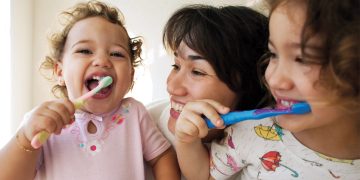






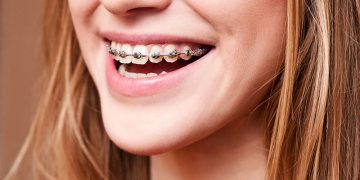
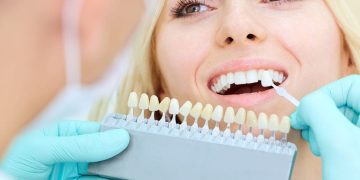


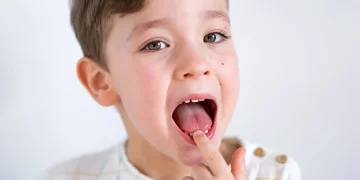

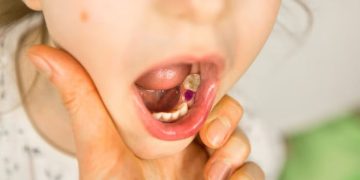
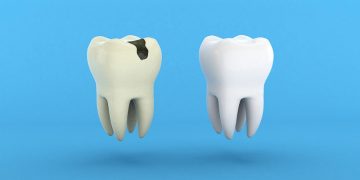






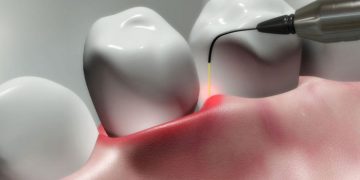





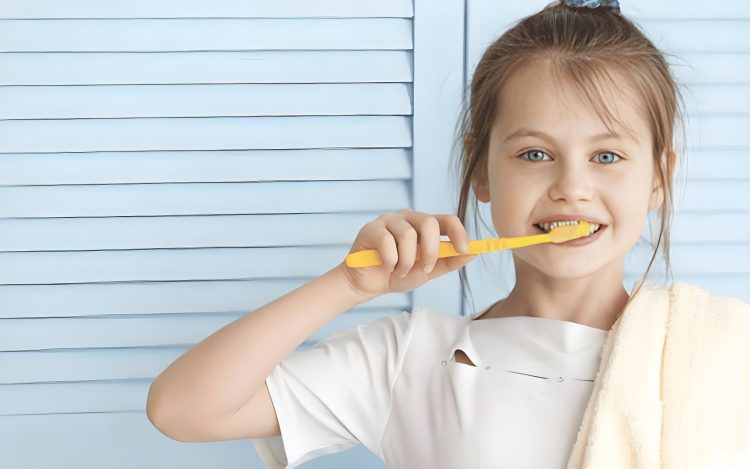













Discussion about this post